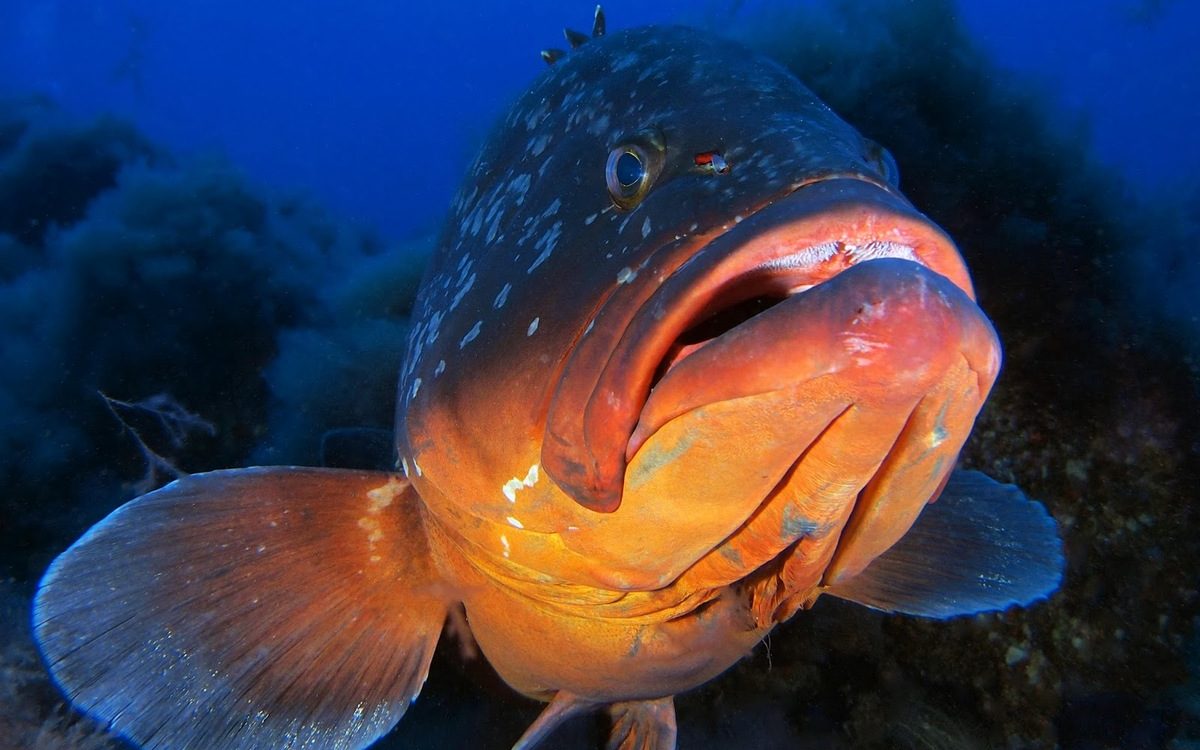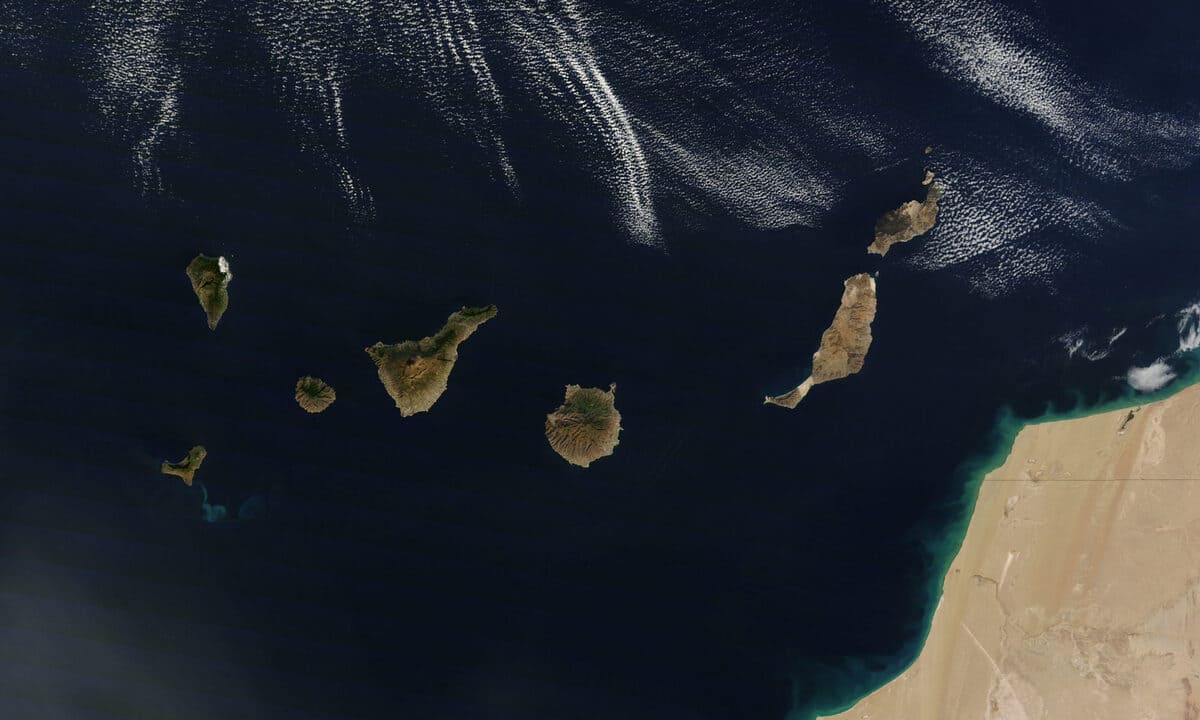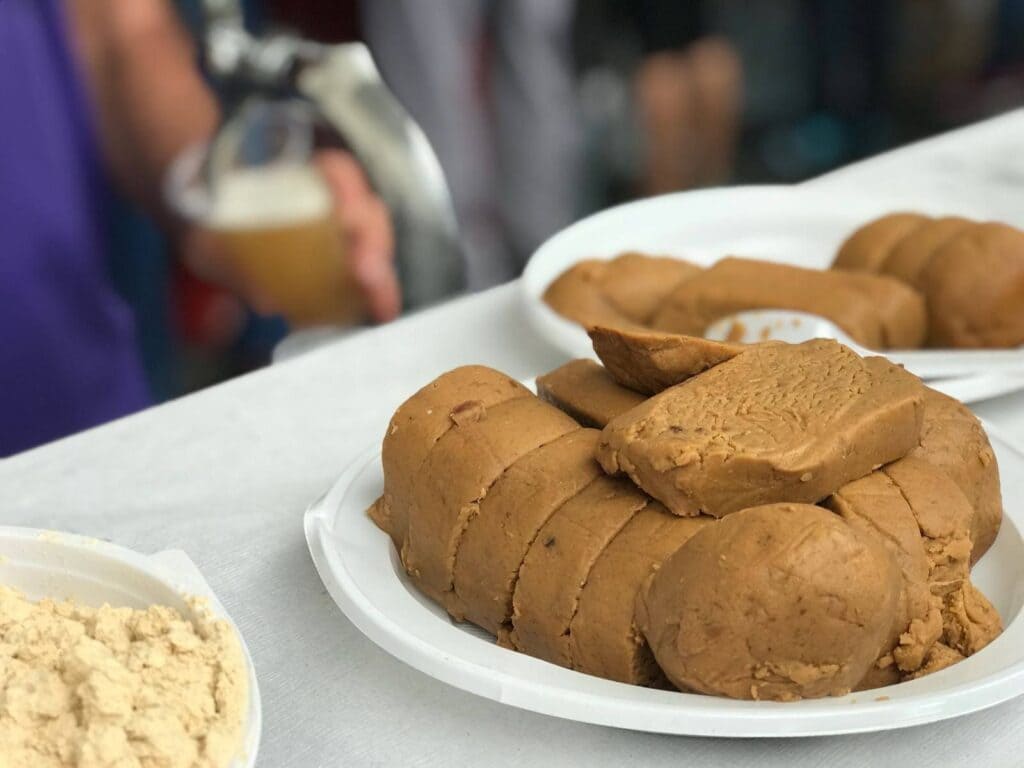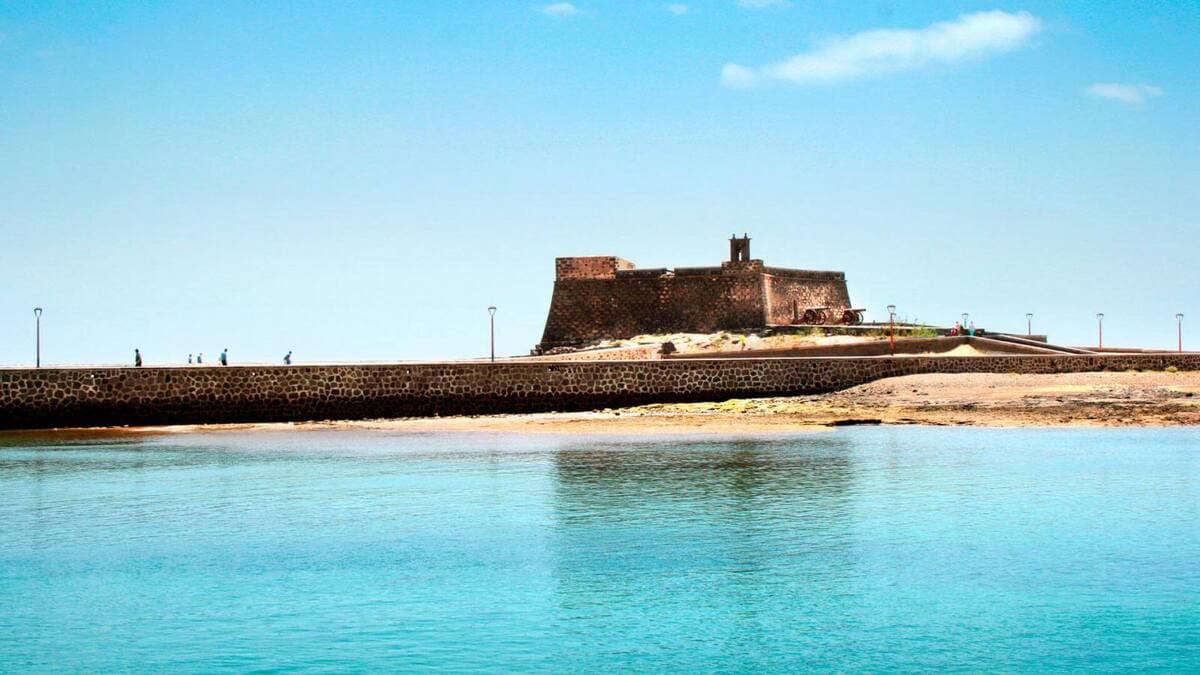The ancient inhabitants of the island of Tenerife, the Guanches, mummified their dead with various sophisticated techniques and buried them in hidden caves accompanied by a grave goods necessary for eternal life. The Guanche mummies are the dried and well preserved remains of the aborigines of Tenerife and one of the most striking archaeological finds in the Canary Islands.
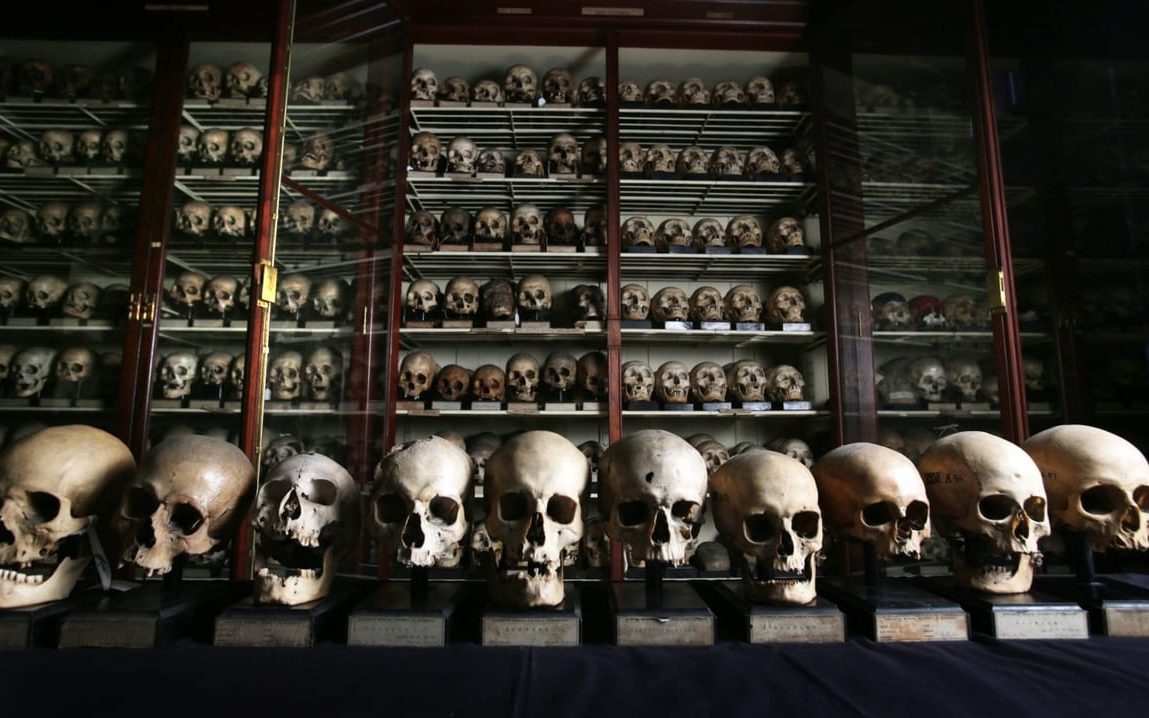
An archaeological find
Among the archaeological discoveries that have been made in Tenerife since the 20th century, one of the most striking is undoubtedly the recovery of Guanche mummies found in the island's hidden caves and grottoes.
The Guanche people used to embalm their dead and preserve them in caves that were difficult to access. Thanks to these findings, it has been possible to detect different mummification methods that are believed to respond to the different social classes of the time and their religious beliefs. The process of embalming a corpse in the Guanche culture was very similar to that of other ancient civilizations, such as the Egyptian, and even today it is still unknown how the aborigines acquired such sophisticated knowledge and techniques for the time.
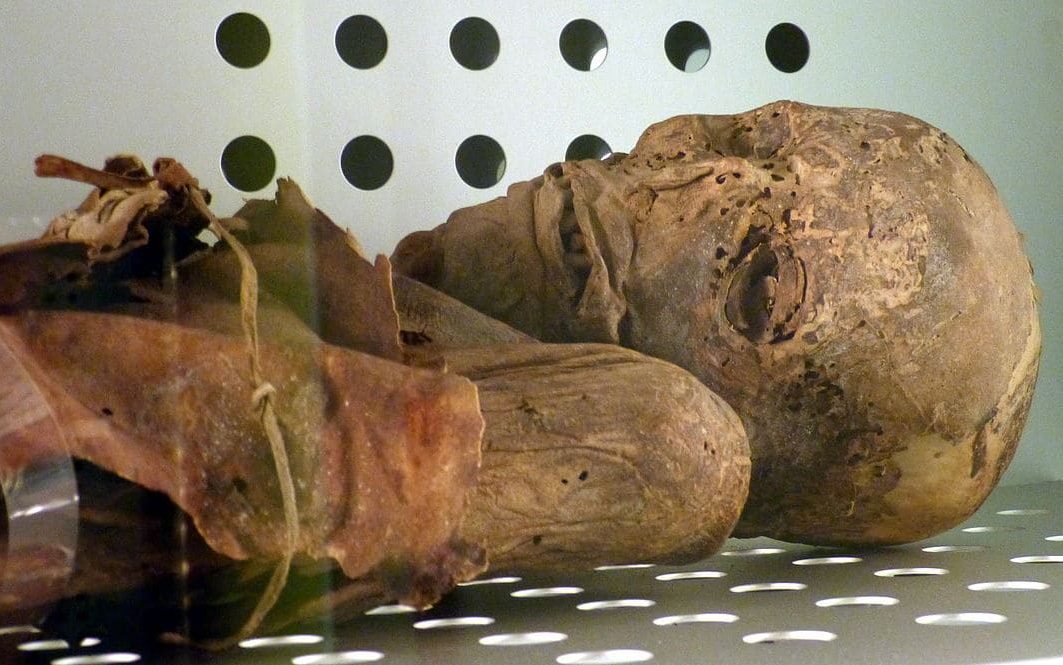
According to the investigations that have been carried out on the Guanche mummies, this type of burials was used in Tenerife, at least, since the 3rd century and until the conquest of the Canary Islands . Currently, several of these mummies can be seen in the Museum of Nature and Archaeology of Santa Cruz de Tenerife, where they have one of the best conservation systems for this type of archaeological remains.
Registration and mummification processes
Mummification in the Canary Islands during the aboriginal period was mainly concentrated on the island of Tenerife. In Gran Canaria there is currently a debate about the true nature of the mummies of the ancient inhabitants of the island, as researchers point out that there was no real intention to mummify the deceased and that the good preservation of some of them is due to environmental factors.
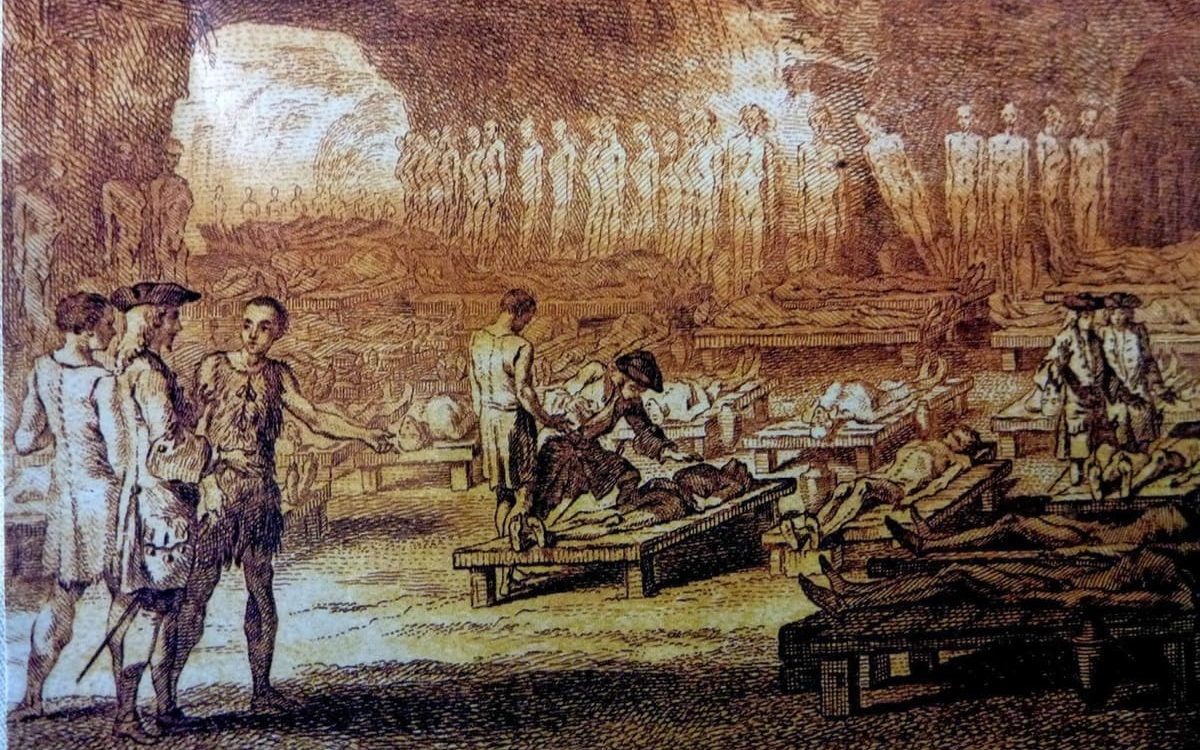
In addition, the Guanches buried individuals of low social status in sandy tombs, while members of the upper class were mummified and secluded in isolated caves.
The best preserved and most studied mummies are found in Tenerife. In 1993, the Guanche necropolis of Uchova was discovered in the municipality of San Miguel de Abona, in the south of the island. It is estimated that the cemetery contained between sixty and seventy mummies before it was almost completely looted.
Conservation of Guanche mummies
Three methods of mummification have been discovered through analysis of the various finds: unraveling, also called evisceration; preservation and stuffing. These methods have been used in various different combinations depending on the period in which the mummy was created.
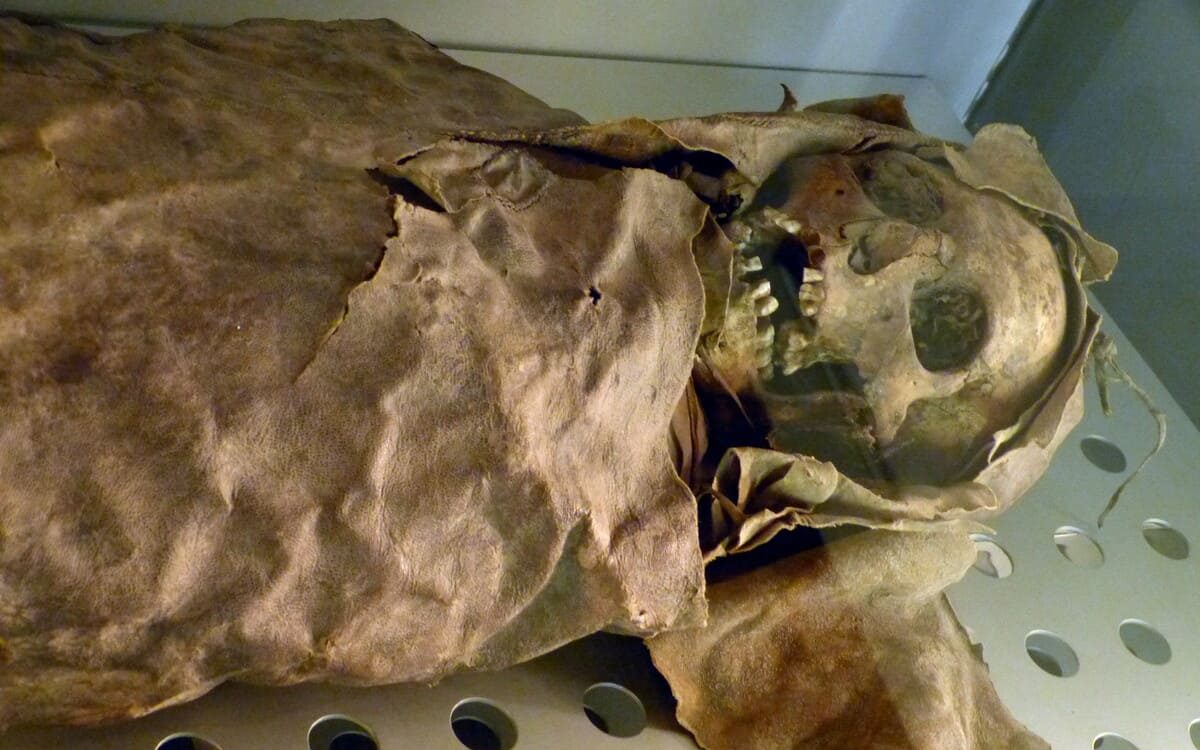
Preservation of the external parts of the body was usually achieved by a combination of resins and animal skin wrappings. The resins were prepared with a mixture of minerals, plants and fats, which were spread all over the body before it dried. These were spread all over the body before it dried. Finally, the deceased was wrapped in animal skins and left to rest . The number of animal skins used to wrap the deceased corresponded to the social status of the person, so that kings could be wrapped with up to fifteen skins.
The most relevant mummies
Guanche mummy of the Herques Ravine
The Guanche mummy of Barranco de Herques is in the National Archaeological Museum in Madrid. It corresponds to a male individual between 35 and 40 years old and it is, according to the specialists, the best preserved Guanche mummy in the world. The subject has all his teeth, without wear or decay. On the other hand, he has Negroid features and his hands do not reflect that he had done hard physical work. The computerized axial tomography (CAT) that was performed on him revealed that his viscera were not removed to mummify him and that his brain was preserved. This mummy was found in the Herques ravine, in the south of Tenerife, between the municipalities of Fasnia and Güímar.
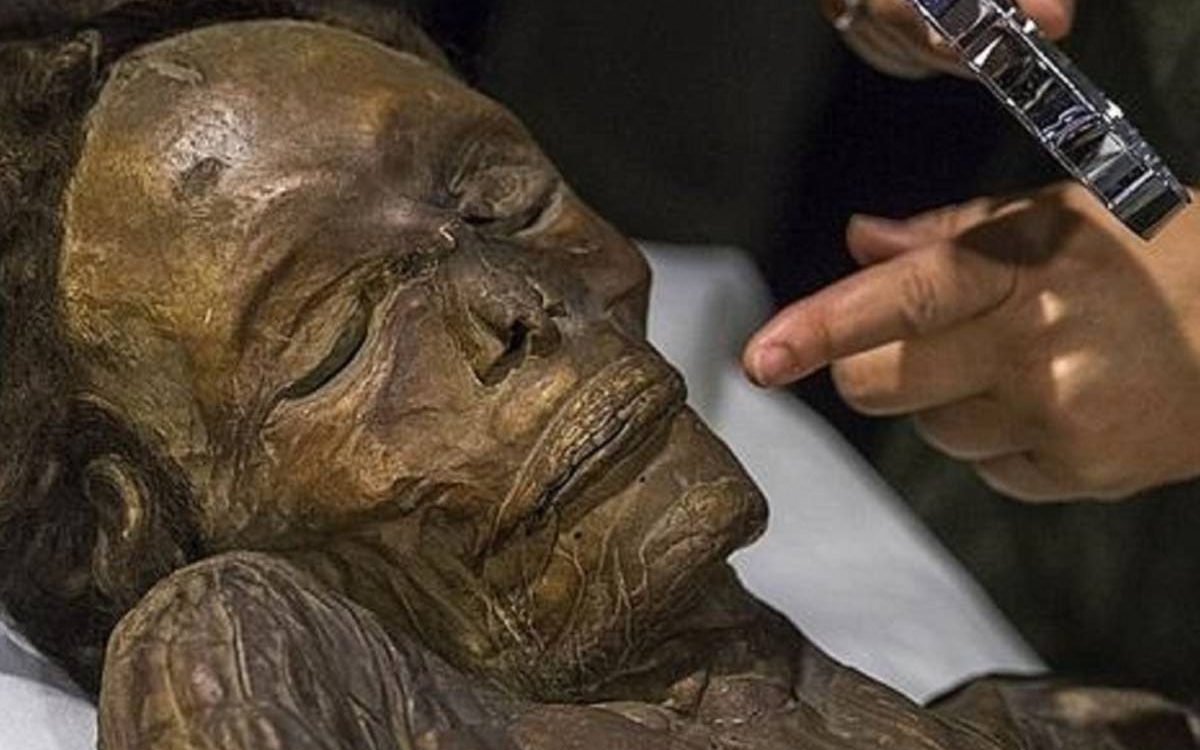
Mummy of San Andrés
It is a man of about 25 to 30 years old, partially covered with goat skin with six strips around him. The mummy was found in the cave of a ravine on the outskirts of the town of San Andres, in Santa Cruz de Tenerife. It is believed that it could have been a Mencey, an aboriginal king of the island of Tenerife, or a prominent figure in the Guanche society of the time. After its discovery, it was exhibited in the Municipal Museum of Santa Cruz de Tenerife, until 1958, when it became part of the collections of the Museum of Nature and Archeology, where it is currently located.
Guanchean mummies of Necochea
These two mummies are on display at the Museum of Nature and Archeology of Santa Cruz. They receive their name because, until 2003, they were exhibited in the Municipal Museum of Natural Sciences of Necochea, in the Argentinean province of Buenos Aires. They are a pair of male and female individuals between 20 and 30 years old, both mummies are wrapped in boiled leather cloaks.
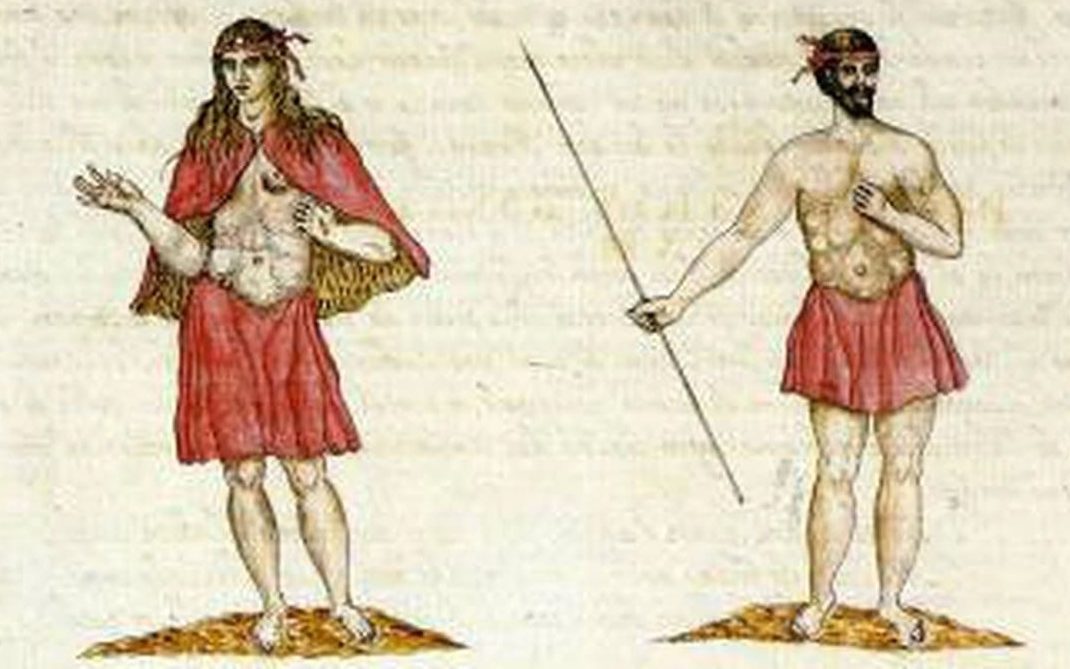
If you want to know more secrets of the Canary Islands, as well as their festivals, culture, traditions and most delicious recipes, we leave you below the link to our most important sections: Explore the Canary Islands, Gastronomy and Culture and traditions.
Paula Vera
Photos: en.wikipedia.org
